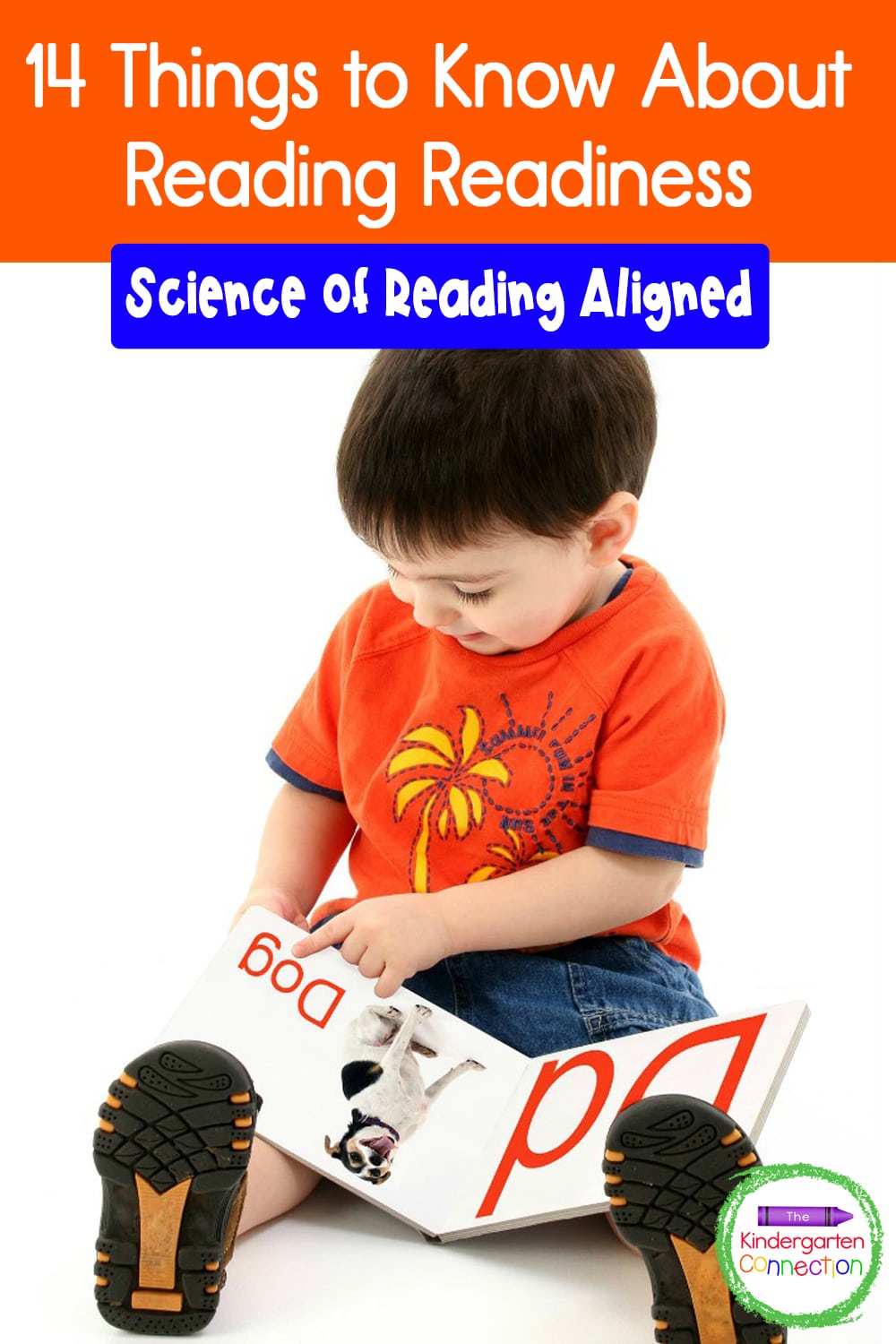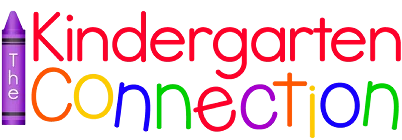14 Things You Should Know About Reading Readiness
This post contains affiliate links for your convenience. View our full disclosure policy here.
As parents and teachers, we often wonder if our children are on track for reading. It is a common belief that once a child has learned letter names and their corresponding sounds they must be ready to learn to read. This can be true, but not always. There are many more signs we can refer to when trying to determine if our child is ready to read. Check out these 14 things you should know about reading readiness!
*For even more resources to support early learners, be sure to grab our Easy Readers MEGA Bundle!

14 Things You Should Know About Reading Readiness
Let me start by sharing that reading readiness isn’t just about literacy skills. Reading readiness actually covers a set of competencies. These are often forgotten about when considering if reading should be the next step of instruction.
4 Competencies to Determine Reading Readiness
- Social Development – Social development is important to reading because children need to know how to take turns, cooperate, and develop self-control before learning to read. This is because a large part of reading instruction involves activities and short discussions where a child needs to have such skills.
- Emotional Development – Before learning to read, children need to have a good self-concept and an understanding of how they fit into their world.
- Physical Development – Children need to have strong bodies that can support sitting since that tends to be the preferred position for reading a book. Children also need to have the fine motor skills that accompany writing and page turning.
- Cognitive Development – In the case of reading readiness, children need to have a cognitive level where they can both visually and auditorily discriminate between letter shapes and different letter sounds. Visual discrimination includes the ability to see likenesses and differences among letters. For example, being able to differentiate between the letters L and T, a and o, or 6 and 9. Auditory discrimination means that a child can hear the difference between /f/ and /v/ sounds. Or they can hear the difference in ending in the words ‘cap’ and ‘cat’.
10 Signs of Reading Readiness
The importance of a child’s overall development is not mistakenly very, very important to a child’s success in learning how to read. In fact, if you have a struggling reader, it could be due to the lack of social, emotional, physical, or cognitive development, or the lack of one of the following:
- Your child has an interest. Not even the best reading programs, even those designed specifically for an individual child, can replace an interest in learning to read.
- Your child likes to retell stories. Have you ever noticed your child “reading” a familiar book by reciting memorized words? That is a good thing. So is making up stories during pretend play.
- Your child can read her own name. Children are naturally drawn to their names, and once they get to the point where they can read their own name and differentiate it from others in a group, your child is getting closer to learning how to read.
- Your child can play with language by making rhymes. Rhyming is one of the first indicators of reading readiness. This is because much of phonics instruction deals with manipulating language, which also relates heavily to writing.
- Your child knows how to handle a book properly. This means that when offered a book, your child can find the cover and hold it right-side-up. It also means that they understand books are read from left to right and that we only turn one page at a time.
- Your child can hear parts of words (like syllables) and sounds (like /c/ /a/ /t/ in cat) in words. Phonological awareness (like clapping and counting syllables) and phonemic awareness (like hearing each sound in a word) help students when they begin to look at letters and sound out words.
- Your child understands that text has meaning. After all, that is the purpose of reading, to gain information. For example, if a child saw his name written out he understands that name refers to him. It is not his friend or his favorite snack.
- Your child can recite the alphabet. Whether it’s singing the ABC song or just saying each letter from memory, knowing the alphabet is an important step toward reading readiness.
- Your child can identify and name some or all uppercase and lowercase letters. This is important because individual letters make up words to be read and written.
- Your child can correspond some or all letters to their correct sounds. This is necessary for decoding, the act of sounding out words.
- Your child can echo a simple text that is read to them. Doing so demonstrates the child’s understanding of one-to-one correspondence in reading. That means that each word on a page corresponds to a word that is read.
RELATED RESOURCE: Fluency Passages for Early Readers Bundle
Is Your Child Ready to Read?
Now that’s a great question, isn’t it? While the above may seem like prerequisites for entering kindergarten, do not worry if your child does not do all of those things. Children enter kindergarten at different stages of development. And a good kindergarten teacher understands the variation and range of abilities entering the classroom. And, kindergarten teachers are trained to optimize student success!
If you find your child has most of the skills mentioned, he may be ready to learn how to read. But don’t be frustrated if it is a slow process or surprised if it is an easy process. Children also learn to read at different rates.
***As we continue to learn about the Science of Reading, we want to be up-to-date so that our articles are research-based. This post has recently been updated to be Science of Reading aligned.***
Guest post by Sarah from Stay at Home Educator
Want unlimited access to even MORE of our activities and resources? Join us in the Print and Play Club!
Your planning will be so much easier with instant access to:
- hundreds of printables
- every TKC resource
- video lessons
- a digital games vault
- Pre-K and TK Scope & Sequence
- a PLAYlist of fun songs AND activities
- professional development
- additional teacher resources…
Be sure to request an invitation so that you don’t miss your chance to be part of the best early childhood club around!
- The Literacy-Rich Classroom - December 15, 2022
- Teaching Phonics – Your Questions Answered - November 17, 2022
- 22 Telltale Signs of a Reading Disability - November 2, 2022


